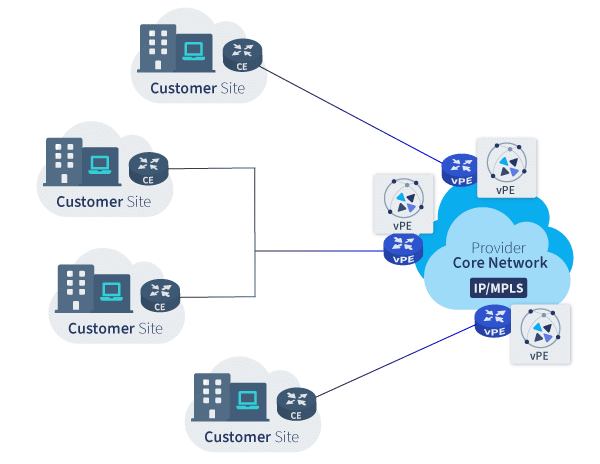In today’s fast-changing digital world, businesses need strong and flexible networking solutions. Traditional hardware-based networks can no longer keep up with modern demands. This is where Virtual Service Routers (VSR) and Cloud Native Architecture play a key role in transforming network infrastructure.
What Are Virtual Service Routers (VSR)?
Virtual Service Routers (VSR) are software-based routers that run on standard servers instead of dedicated hardware. Unlike traditional routers, VSRs provide greater flexibility, scalability, and cost-effectiveness. They allow businesses to deploy and manage networks more efficiently, without the need for expensive physical infrastructure.
With VSR, companies can scale their networks up or down based on demand. This makes it easier to handle traffic spikes, optimize performance, and improve reliability. Additionally, VSRs support automation, reducing the need for manual configurations and maintenance.
The Role of Cloud Native Architecture in Networking
Cloud Native Architecture is an approach to designing applications and services that fully utilize cloud computing. This model allows businesses to build and run applications that are highly scalable, resilient, and easy to update.
In networking, Cloud Native Architecture helps organizations create flexible and efficient network environments. With cloud-native solutions, businesses can deploy network services faster, enhance security, and reduce operational costs. Cloud-native technologies, such as containers and microservices, improve agility and ensure seamless integration with various platforms.
Benefits of Combining VSR and Cloud Native Architecture
By integrating Virtual Service Routers (VSR) with Cloud Native Architecture, businesses gain several advantages:
- Scalability – Businesses can quickly expand their networks based on demand without investing in additional hardware.
- Cost Savings – VSR reduces hardware dependency, leading to lower infrastructure costs.
- Improved Performance – Cloud-native solutions ensure high-speed and reliable network connections.
- Automation – Reduces manual tasks, making network management easier and more efficient.
- Security – Cloud-based security features protect networks from cyber threats.
Use Cases of VSR and Cloud Native Architecture
Many industries are adopting VSR and Cloud Native Architecture to improve their network infrastructure. Some common use cases include:
- Telecommunications – Service providers use VSR for faster and more flexible network deployments.
- Enterprises – Businesses rely on cloud-native networking for remote work and secure data exchange.
- IoT and Edge Computing – VSR enables seamless connectivity for IoT devices and edge applications.
- 5G Networks – Cloud-native solutions enhance the performance and scalability of 5G networks.
Why Choose 6WIND for VSR and Cloud-Native Networking?
6WIND is a leader in high-performance networking solutions, offering cutting-edge Virtual Service Routers (VSR) and cloud-native network services. Their solutions help businesses modernize their networks with scalable, secure, and cost-effective technologies.
By choosing 6WIND, companies can benefit from:
- High-speed and reliable virtual routing solutions
- Advanced security features to protect network infrastructure
- Easy integration with cloud-native environments
- Flexible and cost-effective networking options
The combination of Virtual Service Routers (VSR) and Cloud Native Architecture is shaping the future of networking. Businesses that adopt these technologies can improve efficiency, security, and scalability while reducing costs. 6WIND provides top-tier solutions to help organizations transition to modern networking with ease.
If you’re looking for a robust and scalable networking solution, explore 6WIND’s VSR and cloud-native services today!
Source: https://www.6wind.com/
